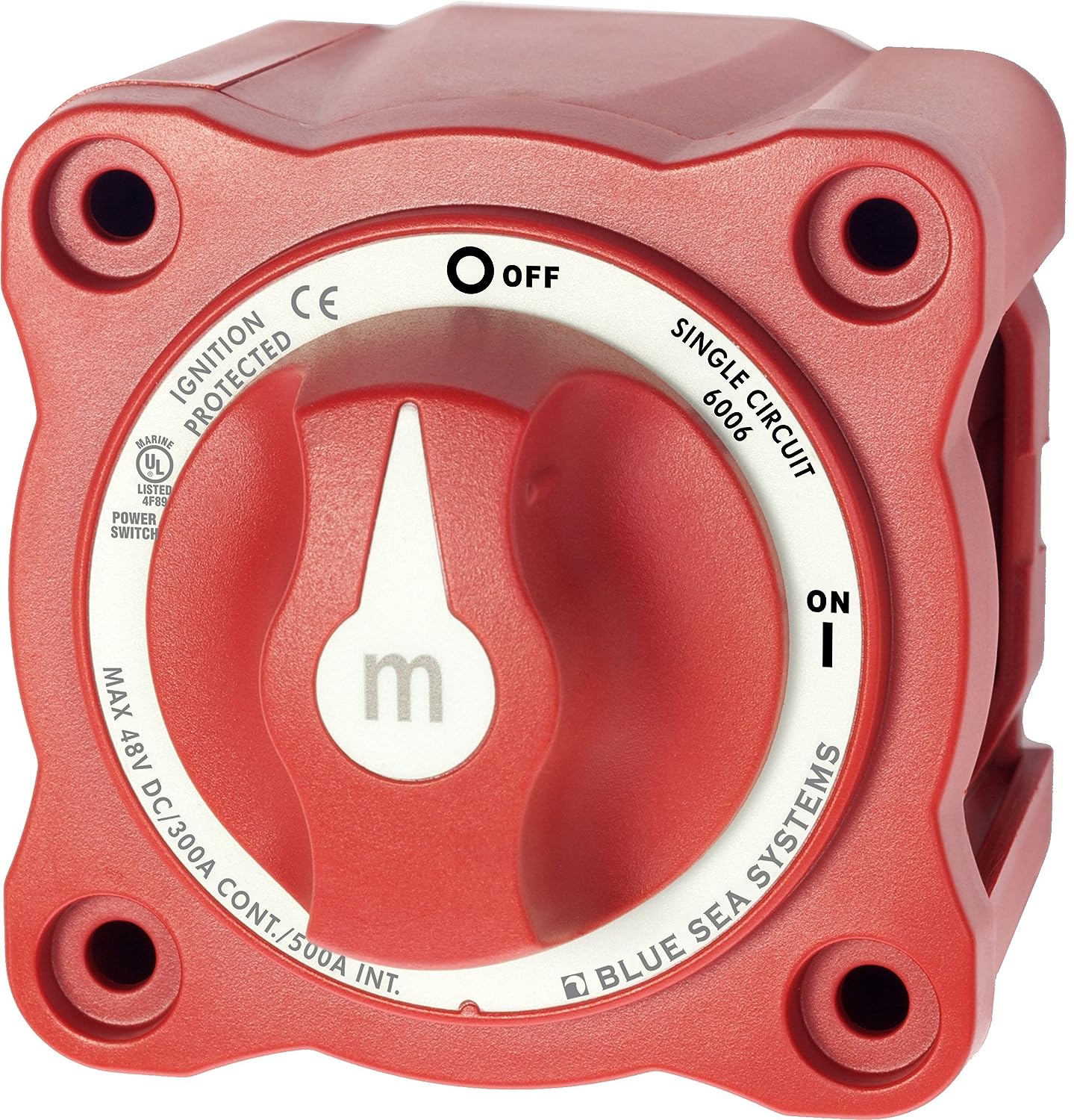SternWake
Well-known member
- Joined
- Nov 30, 2013
- Messages
- 3,874
- Reaction score
- 2
The Shunt is a precision resistor. The battery monitor measures voltage on each side of this shunt and calculates the amount of current flowing through the shunt.
The battery temp sensor allows the solar controller to adjust voltages, as all battery manufacturers make their float and absorption voltage recommendations at 77F. Temps higher than this require lesser voltages, and temps lower than this require higher voltages. The say to affix the BTS to the negative terminal of the battery, as this is easiest. One could in theory affix this sensor on the battery case with some epoxy and get more precise readings, as the battery terminals present some resistance and will heat up somewhat when passing higher currents. Likely not enough to make much of a difference, but one should not have to stack too many wire connections right on the battery terminals themselves.
The Anderson Powerpole connector is just a much better 12 volt connector than a ciggy plug connector. It can pass upto 45 amps where as the Ciggy plug connectors are only good for 4 to 5 amps before they start heating and slowly failing.
When you have loads passing through a ciggy connector greater than 5 amps, it is wise to use the Anderson powerpoles as they present less resistance, cause less voltage drop, and are much more reliable.
These connectors require some crimping skills, or their special crimping tool. The 30 amp version is pretty simple, but the 45 amp version is more difficult to do properly without the specific tool. The 15/30/45 amp versions all use the same plastic housings and will mate with each other.
YOutube has many videos showing how to assemble these connectors
The battery temp sensor allows the solar controller to adjust voltages, as all battery manufacturers make their float and absorption voltage recommendations at 77F. Temps higher than this require lesser voltages, and temps lower than this require higher voltages. The say to affix the BTS to the negative terminal of the battery, as this is easiest. One could in theory affix this sensor on the battery case with some epoxy and get more precise readings, as the battery terminals present some resistance and will heat up somewhat when passing higher currents. Likely not enough to make much of a difference, but one should not have to stack too many wire connections right on the battery terminals themselves.
The Anderson Powerpole connector is just a much better 12 volt connector than a ciggy plug connector. It can pass upto 45 amps where as the Ciggy plug connectors are only good for 4 to 5 amps before they start heating and slowly failing.
When you have loads passing through a ciggy connector greater than 5 amps, it is wise to use the Anderson powerpoles as they present less resistance, cause less voltage drop, and are much more reliable.
These connectors require some crimping skills, or their special crimping tool. The 30 amp version is pretty simple, but the 45 amp version is more difficult to do properly without the specific tool. The 15/30/45 amp versions all use the same plastic housings and will mate with each other.
YOutube has many videos showing how to assemble these connectors



























































